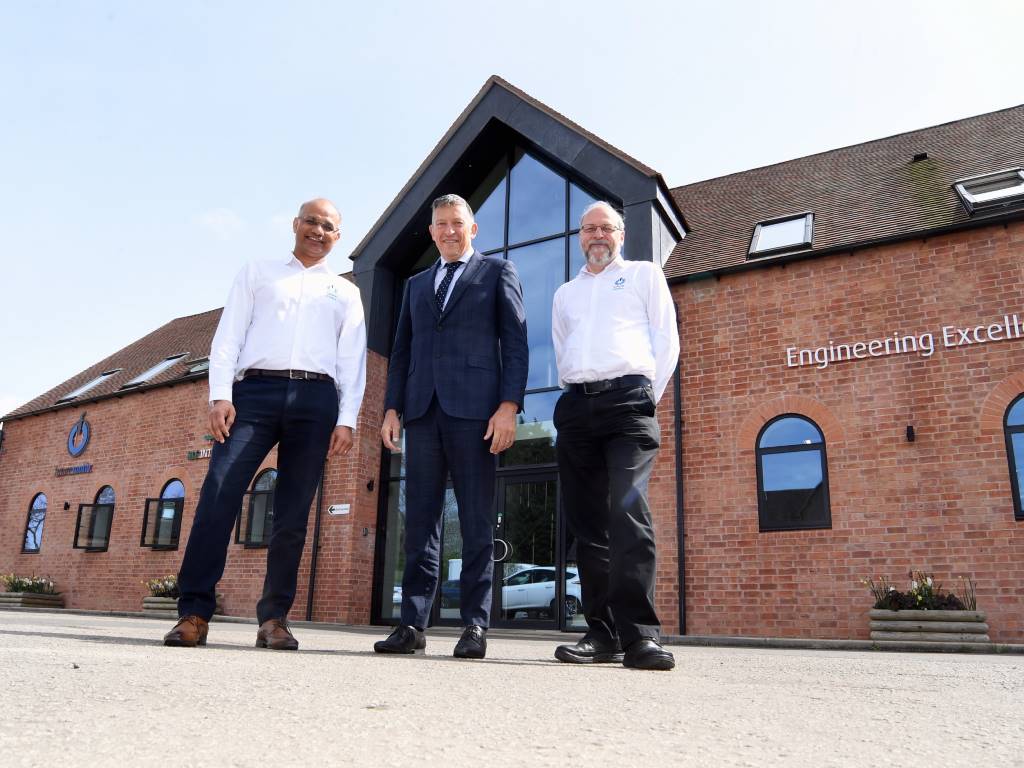Synergies and solutions
Finding tooling solutions for small batch work is not always a simple task and engineers are constantly searching for a multi-purpose option to improve efficiency.
Utilising a synergy of innovative chip breaker geometries and coatings enabled by advancements in tooling technology and matching a suitable carbide substrate, was the answer when Mitsubishi Materials developed its latest turning inserts, UE6105 with MP chipbreaker.
Increasingly intricate components are being machined as part of everyday production and the increased complexity places heavy demands on the tools needed for efficient manufacturing. In addition, greater emphasis is also being placed on inventory levels, creating the need for tools to be as versatile as possible, especially in smaller machine shops where varied batch quantities of components negates the need to find the absolute optimum cutting conditions due to short production runs. Therefore, it's important to have tools that can be relied upon to be cost effective, reduce set-up time and offer flexibility whilst maintaining high levels of productivity.
Several key features of the new MP breaker were designed to meet the requirements of multi-purpose functionality. During a typical copy turning operation, conditions such as depth of cut feed rate and the cutting speed can vary significantly which can lead to a number of problems and reduce efficiency.
Chip breakers are effective within their own operating envelope, but performance soon suffers outside these parameters. Such conditions are typically found during extreme differences in workpiece geometry and problems such as chip wrapping that creates machine downtime and uneven insert wear can be solved with a multi-purpose breaker.
Specific features such as wings located either side of the main peninsula breaker delay wear propagation and preserve chip control even as the insert wears. A wide frontal chip pocket also allows smooth material flow to lessen overall cutting resistance. The synergy of these features is also a factor in lowering friction that leads to reduced cutting temperatures and improved wear resistance, contributing towards overall productivity with fewer insert changes.
Workpiece dimensional accuracy and consistency is also improved when lower cutting temperatures are maintained and heat analysis of chips clearly shows areas that have benefitted from the extra shapes formed in the chip breaker. Despite improvements in modern coatings, a well designed breaker can contribute greatly towards improving the rate of crater wear by reducing the amount of heat generated at the cutting edge.
MP breaker is available in four different grades and six insert types for machining steels through to cast iron.
Mitsubishi Materials
www.mitsubishicarbide.com













